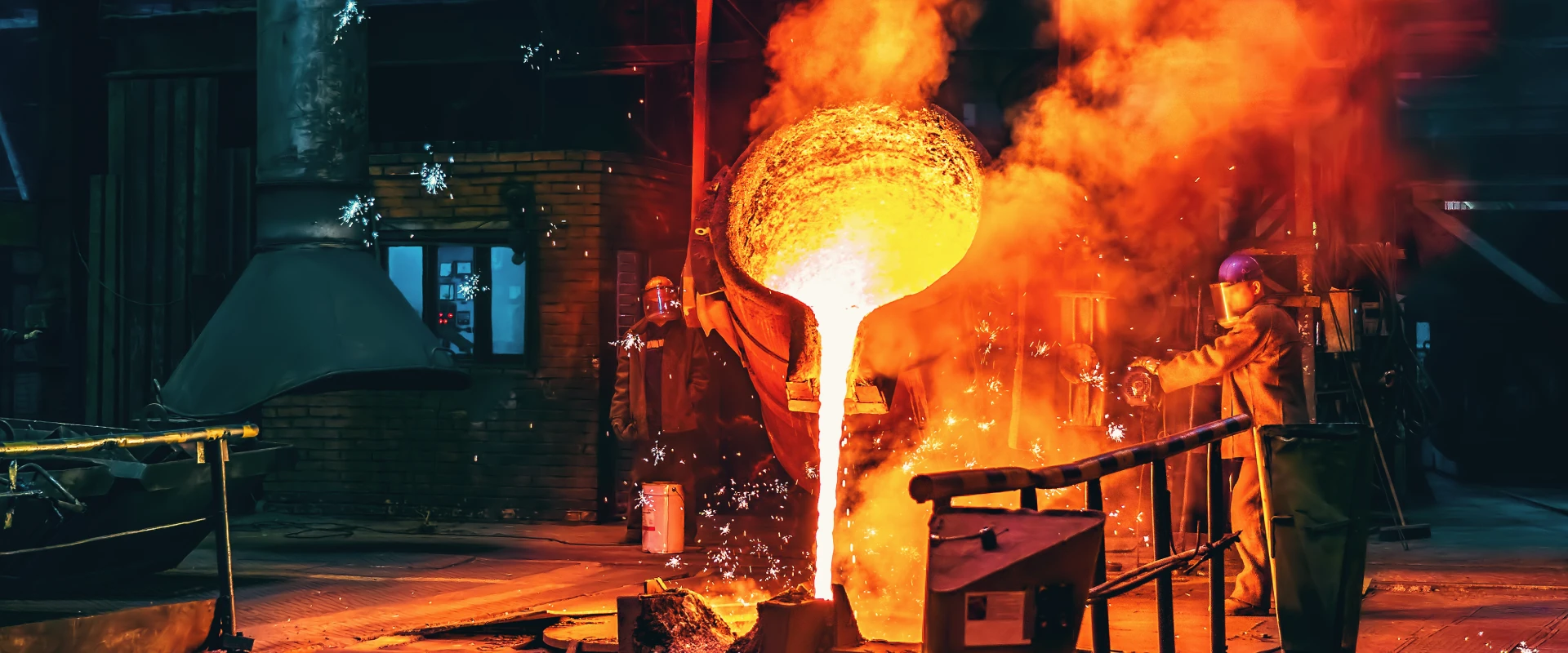Welding Process Specification for Stainless Steel Water Tanks: Groove Design (V-Type/Single-Sided V-Type) and Post-Weld Passivation of 304 Plates
304 stainless steel water tanks are widely used in residential, industrial, and municipal water supply systems, thanks to their excellent corrosion resistance and food-grade safety. The reliability of these tanks hinges entirely on two core welding processes: scientific groove design (to ensure weld strength) and thorough post-weld passivation (to restore corrosion resistance). V-type and single-sided V-type grooves are the most common choices for 304 stainless steel plates, each tailored to specific plate thicknesses and welding scenarios. This article details the design criteria for both groove types, explains the criticality of post-weld passivation, and outlines a complete welding process specification to guarantee water tank durability.
Why Groove Design Matters for 304 Stainless Steel Water Tank Welding
Unlike carbon steel, 304 stainless steel (18% Cr, 8% Ni) has high thermal conductivity and low melting point, making it prone to incomplete fusion and weld porosity if the joint design is improper. Grooves serve three irreplaceable functions in water tank welding:
Ensure Full Penetration: Grooves create space for the weld pool to fill the joint, avoiding "hollow" welds that compromise water tightness.
Reduce Welding Stress: A well-designed groove distributes heat evenly, minimizing thermal deformation of thin 304 plates (often 1.5-6mm for water tanks).
Improve Weld Appearance: Smooth groove transitions prevent undercutting and overfilling, ensuring the weld surface aligns with the tank wall for easy cleaning.
For water tanks, where even tiny weld leaks can lead to significant losses, groove design directly determines the tank’s service life (typically 15-20 years for properly welded 304 tanks).
V-Type vs. Single-Sided V-Type Grooves: Design Criteria & Applications
The choice between V-type and single-sided V-type grooves depends on 304 plate thickness, welding position (flat vs. vertical), and whether the tank’s inner surface requires smoothness. Below are their detailed design specs and application scenarios:
1. V-Type Groove: For Thick Plates and High-Strength Joints
V-type grooves (symmetrical 45°-60° angles on both sides of the joint) are ideal for 304 plates thicker than 3mm, where full penetration is critical. Key design parameters:
Angle: 50°-60° for plates 3-6mm thick; 45°-50° for plates 6-10mm thick. A larger angle increases weld pool volume but wastes filler metal.
Root Gap: 1-2mm to ensure the electrode reaches the joint root. Too small causes incomplete fusion; too large leads to excessive spatter.
Root Face: 1-1.5mm to prevent burn-through, especially when using TIG (GTAW) welding for the root pass.
Applications: Tank bottom plates, sidewall joints of large-capacity tanks (1000+ liters), and pressure-bearing water tank sections.
Welding Method Match: TIG for root pass + MIG (GMAW) for filling and capping—ensures both penetration and welding efficiency.
2. Single-Sided V-Type Groove: For Thin Plates and Inner Surface Smoothness
Single-sided V-type grooves (groove only on the outer side of the tank, inner side remains flat) are designed for 304 plates 1.5-3mm thick, prioritizing the tank’s inner smoothness (to avoid water residue buildup). Key design parameters:
Angle: 60°-70° (steeper than V-type) to compensate for single-sided heat input, ensuring penetration without inner side grooving.
Root Gap: 0.5-1mm (narrower than V-type) to prevent melt-through on thin plates.
Backing Strip: Optional 1mm thick 304 stainless steel strip on the inner side—supports the weld pool and ensures a flat inner surface.
Applications: Residential water tank sidewalls, food-grade water storage tanks, and small-capacity (≤500 liters) tanks.
Welding Method Match: TIG welding with pulsed current (100-150A) to control heat input and avoid deformation.
Key Design Comparison Table
Groove Type | Suitable Plate Thickness (mm) | Angle (°) | Root Gap (mm) | Inner Surface Smoothness | Welding Efficiency |
|---|---|---|---|---|---|
V-Type | 3-10 | 45-60 | 1-2 | Moderate (requires grinding) | High |
Single-Sided V-Type | 1.5-3 | 60-70 | 0.5-1 | Excellent (no grooving) | Moderate |
Post-Weld Passivation: Restoring 304’s Corrosion Resistance
Welding heats 304 stainless steel to 1500°C+, causing chromium depletion in the heat-affected zone (HAZ)—the Cr content drops below 12%, losing its ability to form a protective oxide film. Post-weld passivation solves this by re-enriching the surface with chromium, restoring corrosion resistance. It is not optional for water tanks—unpassivated welds will rust within 3-6 months of water contact.
1. Pre-Passivation Preparation: Clean First
Contaminants (oil, weld spatter, scale) block passivation. Follow these steps:
Deburring & Grinding: Use 120-grit stainless steel grinding wheels to remove weld spatter and smooth the weld surface. Avoid carbon steel tools—they cause cross-contamination.
Degreasing: Wipe the weld area with acetone or ethanol to remove oil residues from welding consumables.
Descaling: Immerse small tanks in a 10% nitric acid solution for 5 minutes to remove oxide scale; for large tanks, use a spray bottle to apply the solution to welds.
2. Passivation Methods: Nitric Acid vs. Citric Acid
Two industry-standard methods for 304 water tank passivation, chosen based on environmental requirements and tank size:
Nitric Acid Passivation (Industrial-Grade)
Solution: 20-25% nitric acid + 0.5-1% sodium dichromate (accelerator), temperature 20-30°C.
Process: Immerse welds for 15-20 minutes (small tanks) or apply with a soaked cloth for 30 minutes (large tanks).
Advantage: Fast, cost-effective, and provides a thick oxide film (20-30 nm).
Note: Requires proper ventilation and protective gear (acid-resistant gloves, goggles).
Citric Acid Passivation (Food-Grade)
Solution: 5-10% food-grade citric acid, temperature 50-60°C (heated to accelerate reaction).
Process: Circulate the solution through the tank for 60 minutes, ensuring all welds are contacted.
Advantage: Non-toxic, environmentally friendly, and meets FDA 21 CFR Part 177 standards for food contact.
Application: Drinking water tanks, dairy storage tanks, and pharmaceutical water systems.
3. Post-Passivation Treatment
Rinsing: Rinse thoroughly with deionized water (or tap water with pH 6.5-8.0) to remove residual acid—any leftover acid will cause pitting corrosion.
Drying: Air-dry naturally in a clean environment or use compressed air (oil-free) to speed up drying. Avoid towel drying—lint causes contamination.
Quality Check: Perform a water immersion test—fill the tank with water and let stand for 48 hours. No rust spots on welds indicate successful passivation.
Welding Quality Control for 304 Water Tanks
Even with proper groove design and passivation, quality control ensures consistency. Key checkpoints:
Weld Penetration Test: Use ultrasonic testing (UT) for V-type grooves in thick plates—ensure penetration depth reaches 100% of plate thickness.
Water Tightness Test: Pressurize the tank to 0.1 MPa (1 bar) and hold for 30 minutes. No pressure drop or water leaks at welds are required.
Corrosion Resistance Test: Conduct a 72-hour salt spray test (ASTM B117) on weld samples—no red rust allowed on the surface.
Visual Inspection: Welds should be uniform, with no undercutting (depth ≤0.5mm), porosity, or cracks.

